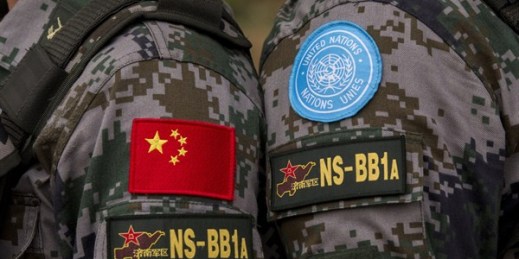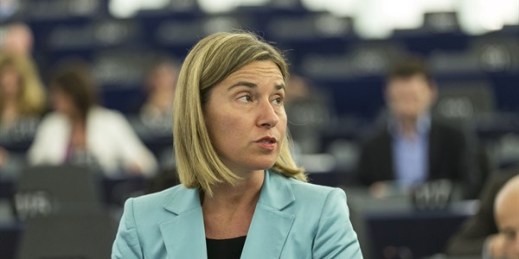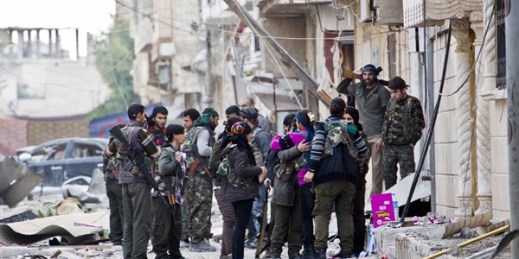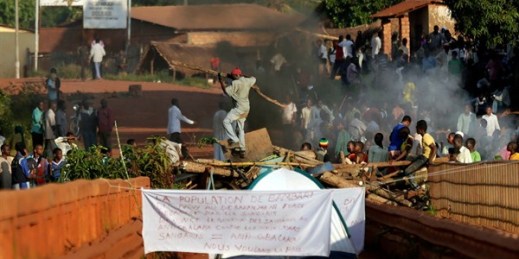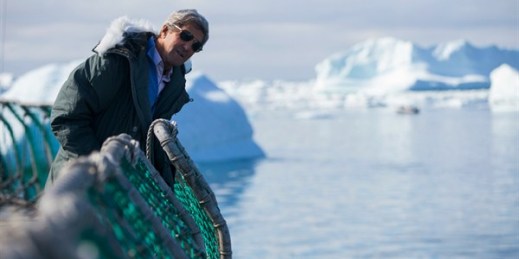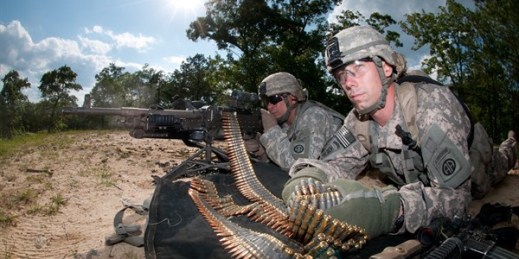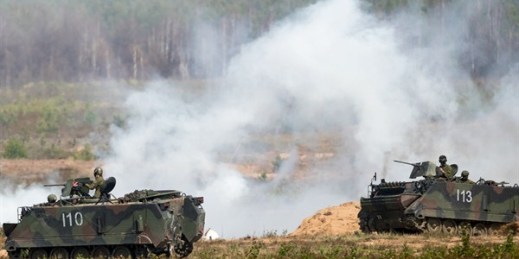
The tenor of NATO’s summit in Warsaw late last week focused overwhelmingly on deterring Russia’s military adventurism. While it was a positive turn for members of the alliance’s eastern flank, such as Poland and the Baltic states, longstanding NATO aspirants like Georgia are unlikely to see any genuine relief from their extended membership limbo. This is largely a consequence of NATO’s increasingly fraught internal politics, but Tbilisi itself cannot escape some blame. NATO’s shift from retrenchment and reassurance to deterrence in response to Russian aggression in Eastern Europe was evident in its plans, announced in Warsaw, to deploy four multinational […]

